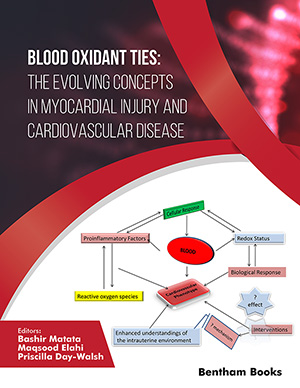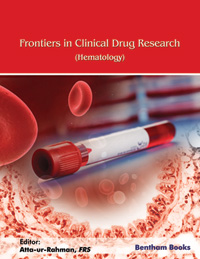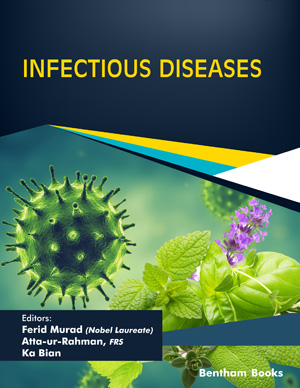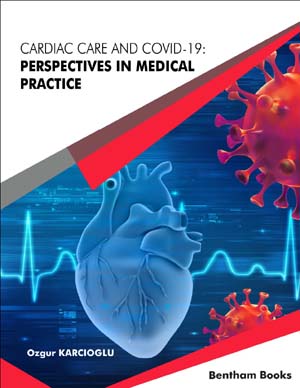
Abstract
Thus far, five molecules comprise the natriuretic peptide family (NPF): ANP, urodilatin, BNP, CNP and DNP. Precursor hormones for ANP, BNP and CNP are encoded by a different gene. Final peptides are ligands for A, B and C receptors, acting the latter as a clearance receptor besides neutral endopeptidase (EC 24.11). cGMP acts as a second messenger. Natriuretic peptides (NP) have well-known functions such as natriuretic, antihypertensive and reduction of plasma renin-aldosterone concentrations. An antiinflammatory ANP potential and a pro-apoptotic action in rats endothelial cells of different NP have been described. Unlike adults, NP show a different distribution during ontogeny and a different pattern of excretion under different stimuli. Noncompetitive immunoassays have become more suitable than competitive ones for routine measurement of NP with recent advances in speed of measurement. BNP and pro-BNP are emerging as useful tools in diagnosis, management and prognosis of heart disease. Preliminary data support a role of NP in the therapy of congestive heart failure. Finally, potential therapeutic compounds of NP in different pathologies are updated with an important focus on vasopeptidase inhibitors. These are capable of strengthening NP and inhibiting renin-angiotensin system at the same time, as potential useful molecules in cardiovascular therapy.
Keywords: natriuretic peptides, anp, urodilatin, bnp, pro-bnp, cnp, dnp, vasopeptidase inhibitors
 5
5














